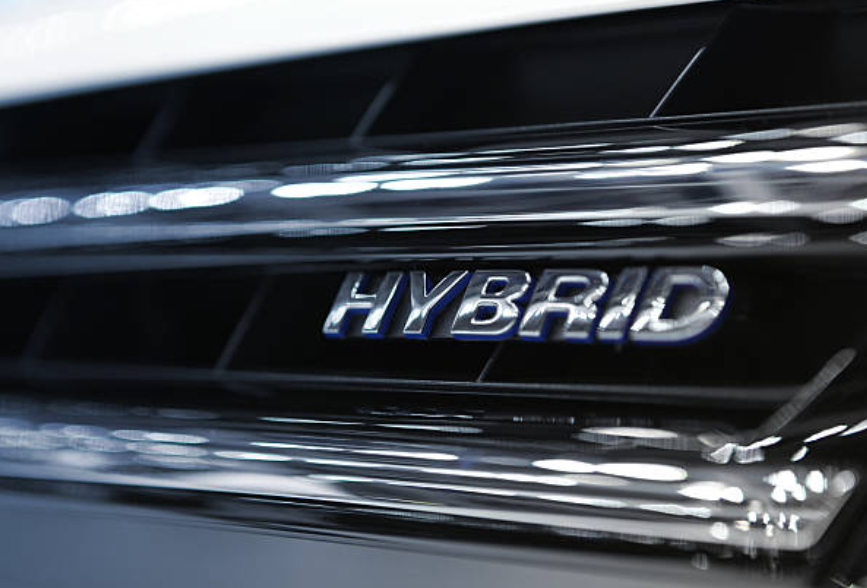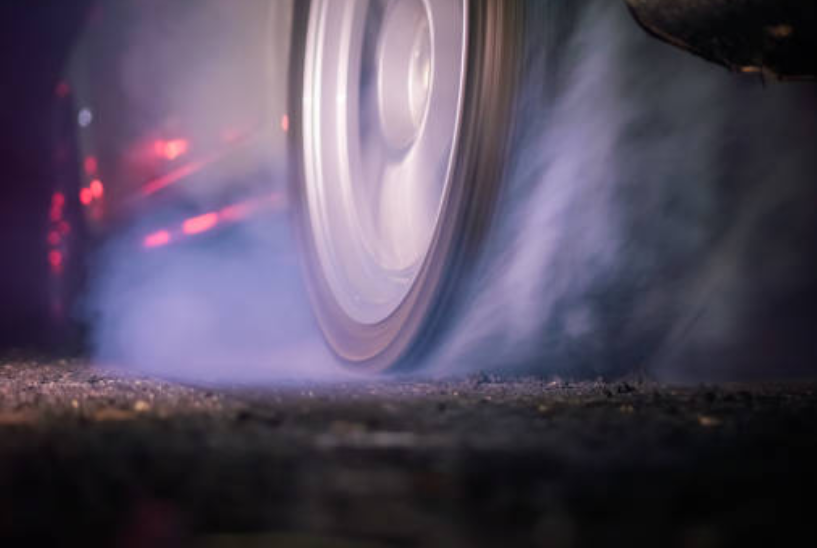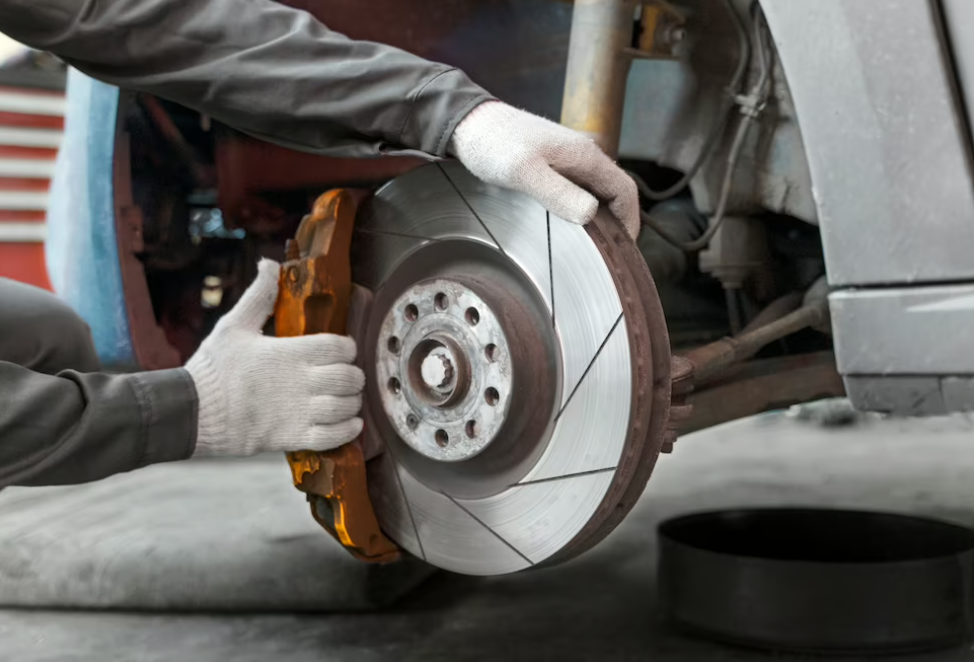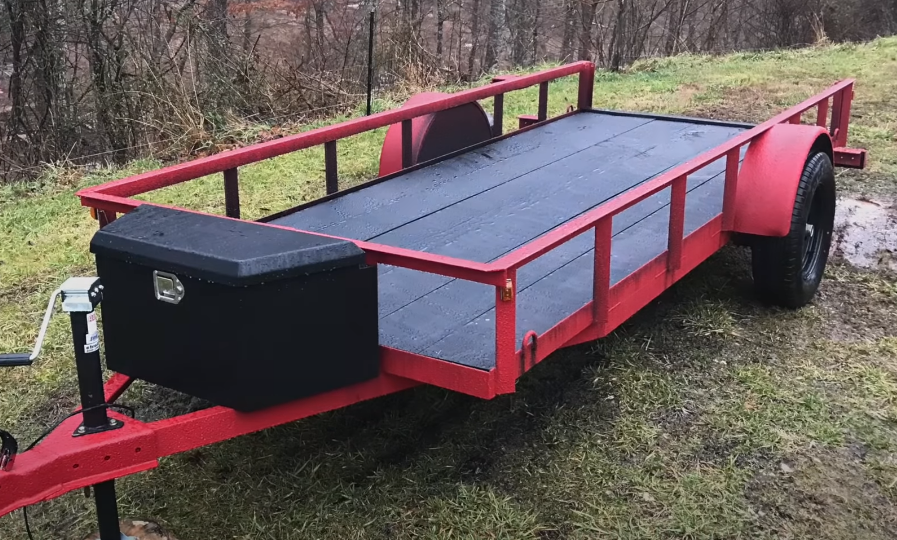How To Check For Vacuum Leaks?
As your car ages, it may start to show signs of poor performance, even with regular maintenance like oil changes, air filter cleanings, and spark plug replacements. This decline can be attributed to the wear and tear of gaskets and hoses, leading to vacuum leaks and other issues.

But fear not! There are numerous ways to identify vacuum leaks, and we're here to help. We'll provide you with some top tips to pinpoint the source of your car troubles without having to buy a new ride.
Understanding Vacuum Leaks
Let us start by defining a vacuum leak. The engine takes in fuel and air during internal combustion by creating a vacuum as the piston descends. When air enters the system via unusual channels and tampers with the air-fuel mixture, a vacuum leak happens.
These leaks may be the consequence of broken hoses, defective gaskets, or other parts of the intake system that are compromised. The vehicle's power brakes and steering are among the components that depend on engine vacuum, so finding and repairing leaks can be difficult.

Finding vacuum leaks is essential because they might result in a lean operating condition in the engine, which can have varying effects on performance based on the brand and model of the car.
O2 sensor-equipped modern cars raise the idle speed by adjusting the air-fuel mixture to account for vacuum leaks. In order to stabilize engine performance, vintage cars with carburetors may have rough idling and need manual adjustments.

Whenever you're working beneath the car hood, prioritizing your safety is crucial. However, when searching for vacuum leaks, there's a heightened risk of injury. To avoid becoming a potential hazard, it's essential to heed these safety guidelines.
Gear up appropriately: Don safety glasses and gloves before delving into the task. With the engine in operation, safeguarding your hands and eyes is imperative.
Steer clear of moving components: Given that the engine will be running throughout most of the diagnostic procedures, it's vital to keep your fingers away from rotating parts. Even with protective gloves, the fan and other moving elements pose a threat to your digits.

Be mindful of high temperatures: Remember, while you're conducting tests with the engine running, certain parts will reach elevated temperatures. Similar to burgers or hot dogs on a grill, contact with these components can result in burns. Exercise caution and avoid direct contact with heated parts.
Handle flammable substances with care: Some diagnostic tests may entail spraying flammable fluids or gases onto the engine's components while it's running. It's essential to recognize the potential risks involved and ensure proper control over the direction of these substances to minimize hazards.
Identifying vacuum leaks isn't always straightforward, but there are some telltale signs to watch out for. For instance, these leaks often emit a distinctive whistling noise amidst the cacophony under the hood. By attentively listening, you may pinpoint the source of the leak.
If you prefer a hands-on approach to diagnostics, consider manually pinching the vacuum lines while the engine is running. Notably, when a faulty component is disconnected from the manifold, you'll likely observe an improvement in engine idle.
Ensuring the tightness of your intake manifold is crucial, especially if you've recently installed it. Don't hesitate to revisit your installation work if you encounter startup or running issues.

Exercise caution when conducting propane enrichment or carb cleaner tests, as they involve introducing flammable substances into the engine bay of a running vehicle. Take care to avoid contact with hot surfaces to prevent potential fire hazards.
For the carb cleaner method, you're not restricted to using carb cleaner specifically; other flammable liquids, like starting fluid, can also be employed.
The propane enrichment test offers a higher degree of control compared to the carb cleaner method, making it a preferred option. Enhance control further by attaching a flexible hose to the propane gas nozzle, which is particularly beneficial in confined spaces.
Can a Vacuum Leak Affect My Driving?
The quick response is in the affirmative. Leaks in the vacuum system can affect multiple vital systems and deplete your engine's power. You really should not drive the car if it has a vacuum leak, even if it moves on its own.
What Can I Use as a Vacuum Leak Checker?
You can use any type of combustible liquid. Since they will speed up the engine when they enter through vacuum leaks, starting fluid, brake cleaner, carb cleaner, and propane are all frequently employed in this operation.
Water can be substituted because it leaks clearly and makes a unique sound when it enters the engine.
Is It Expensive to Fix a Vacuum Leak?
The source determines how much it will cost to fix a vacuum leak. It rarely costs more than a few dollars to replace broken hoses and tubes. But replacing an intake manifold, sensors, and gaskets can easily add up to the entire cost of the purchase.
Your car's efficiency and performance may suffer significantly from a vacuum leak. Timely discovery and correction of a vacuum leak necessitates a grasp of the origins and symptoms. Vacuum leaks can be quickly fixed to restore correct air-fuel ratios, boost fuel efficiency, increase engine performance, and save expensive damage. It is strongly advised to seek the advice of a qualified mechanic for precise diagnosis and repairs in order to guarantee that vacuum leaks are resolved effectively.
Click on the following link to read another blog post: When Your Engine Suffers: Dealing With Clogged Fuel Filters












